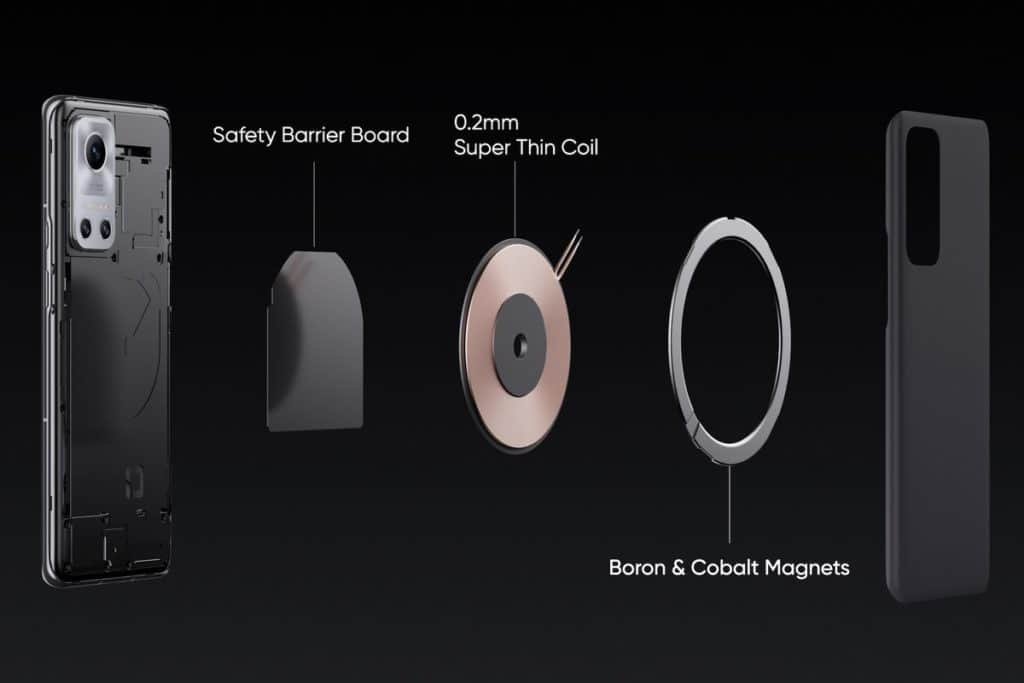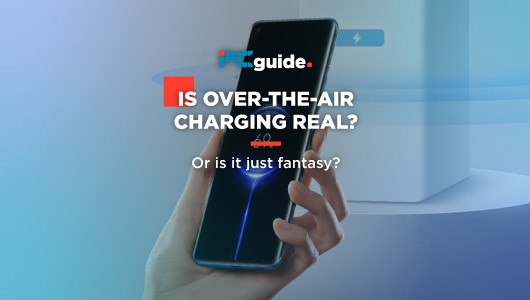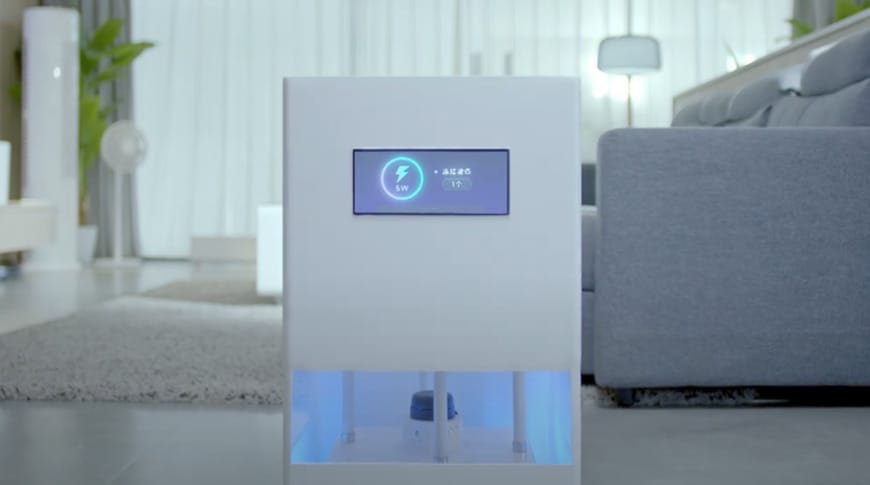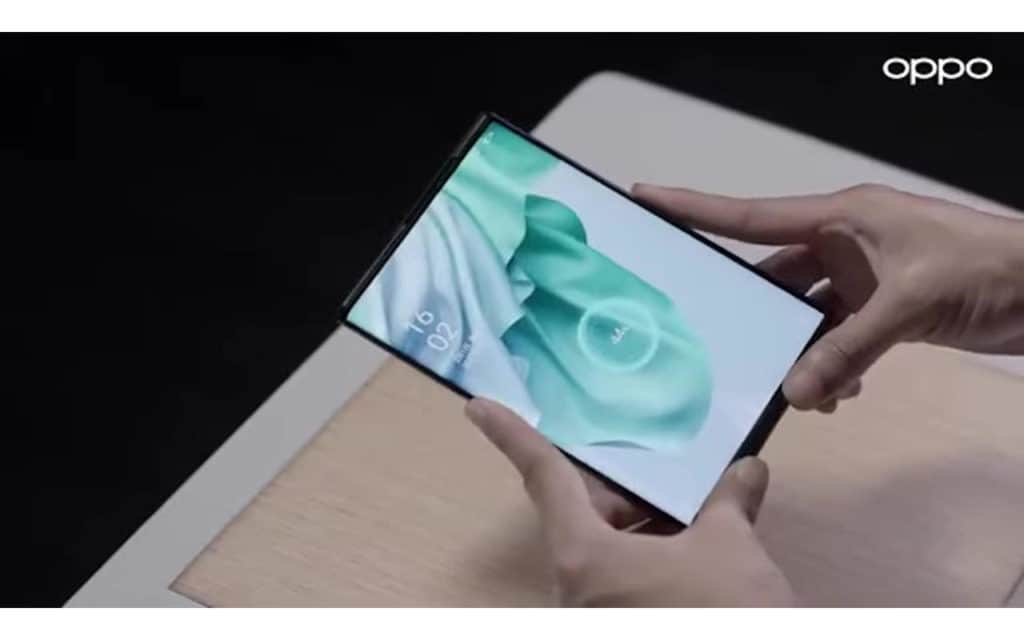Last Updated on
Prime Day is finally here! Find all the biggest tech and PC deals below.
- Sapphire 11348-03-20G Pulse AMD Radeon™ RX 9070 XT Was $779 Now $739
- AMD Ryzen 7 7800X3D 8-Core, 16-Thread Desktop Processor Was $449 Now $341
- ASUS RTX™ 5060 OC Edition Graphics Card Was $379 Now $339
- LG 77-Inch Class OLED evo AI 4K C5 Series Smart TV Was $3,696 Now $2,796
- Intel® Core™ i7-14700K New Gaming Desktop Was $320.99 Now $274
- Lexar 2TB NM1090 w/HeatSink SSD PCIe Gen5x4 NVMe M.2 Was $281.97 Now $214.98
- Apple Watch Series 10 GPS + Cellular 42mm case Smartwatch Was $499.99 Now $379.99
- ASUS ROG Strix G16 (2025) 16" FHD, RTX 5060 gaming laptop Was $1,499.99 Now $1,274.99
- Apple iPad mini (A17 Pro): Apple Intelligence Was $499.99 Now $379.99
*Prices and savings subject to change. Click through to get the current prices.
In light of Realme releasing their own take on Apple Magsafe with Magdart, making bulky chargers and battery packs that fill a 4,500mAh battery in 54 minutes, one has to wonder why? On the surface it's quite obvious why Realme has released their own magnetic wireless charging line, to bring the feature to all Android users and to extend battery life significantly. But what about true wireless charging?

Charging pads and cradles are very convenient in public areas such as busses, trains, restaurants, and more, but why would you need to do this at home when one can simply plug the device in? It charges faster and both scenarios involve a USB 3.0 wire or equivalent wire. It is wireless charging to an extent, but it feels like a grand experiment that's dragging its feet. A long bridge between wireless and over-the-air charging full of maintenance and diversions would be a good analogy.
First, it's all about logistics. Let's take a look at the Xiaomi Air Charge for example. For starters, your smartphone needs to be compatible with millimeter-wide waves that convert into electricity when received. This involves having twelve specially made sensors built into your device (guess what Xiaomi's next gimmick will be?), the special signals are then transmitted from what can only be described as a dustbin droid from Star Wars.
Said dust bin is aesthetically pleasing on the eye and doubles as a nice side table as pictured, but this bad boy *slaps the top of the unit* only knocks out 5 watts of charging power. Compared to the relatively slow wireless docks 15w as standard (mostly), this really isn't anything to scream and shout about. Xiaomi stated back in January 2021 that they won't be thinking about releasing this hardware to the public until 2022, and we can see why. This is more of a glorified tech demo than anything else.
Looking further afield, Oppo has started to incorporate their flash charging project, ‘The Flash Initiative' (questionable name) by creating an over-the-air charging tech demo recently. The phone is still charging when lifted from its charging pad, something not currently possible. However, this doesn't really display anything practical, and of course, this technology isn't being fitted into a consumer product anytime soon.
Wireless charging pads and docks are cool and have their uses, but they are a means to an end. In an ideal world, people would love to walk into their homes and their smart devices to start charging. The issue is the tech obviously isn't quite there, and even when it is it will cost a fortune and might not be worth the initial investment from consumers. For now, just keep making robot noises when you pop your smartphone or earbuds on a charging pad because that's about as futuristic wireless charging is going to get for the foreseeable.





